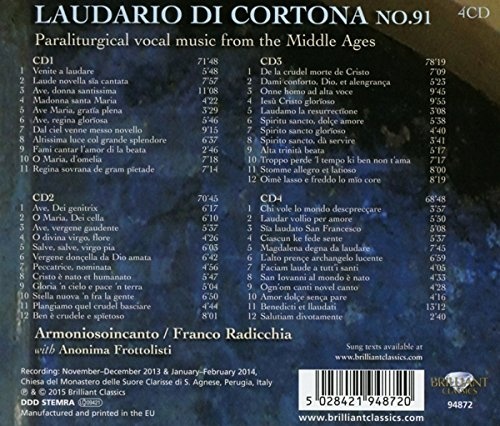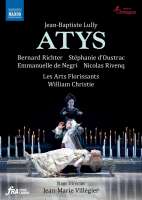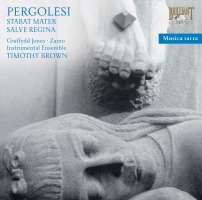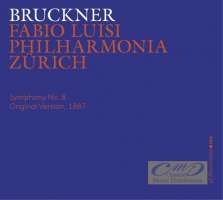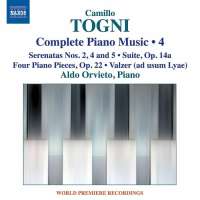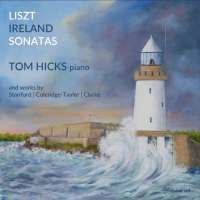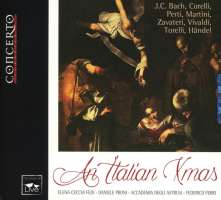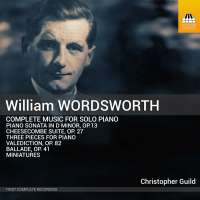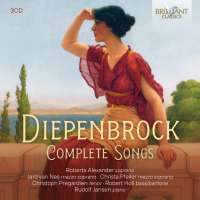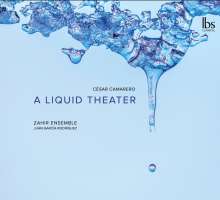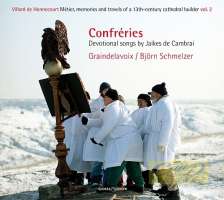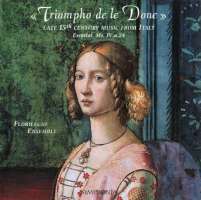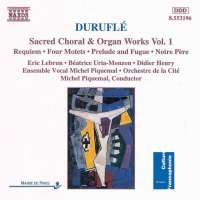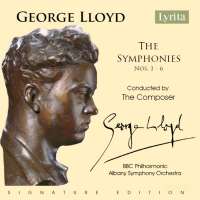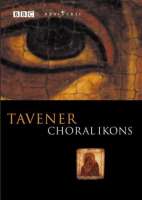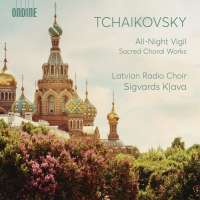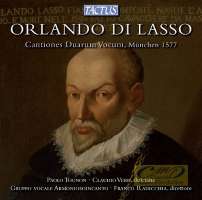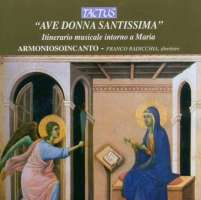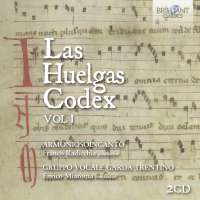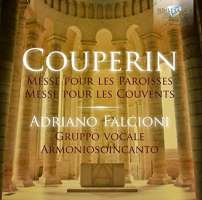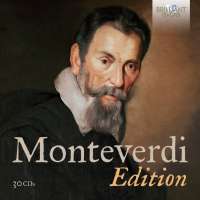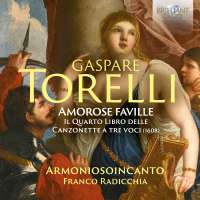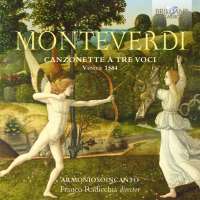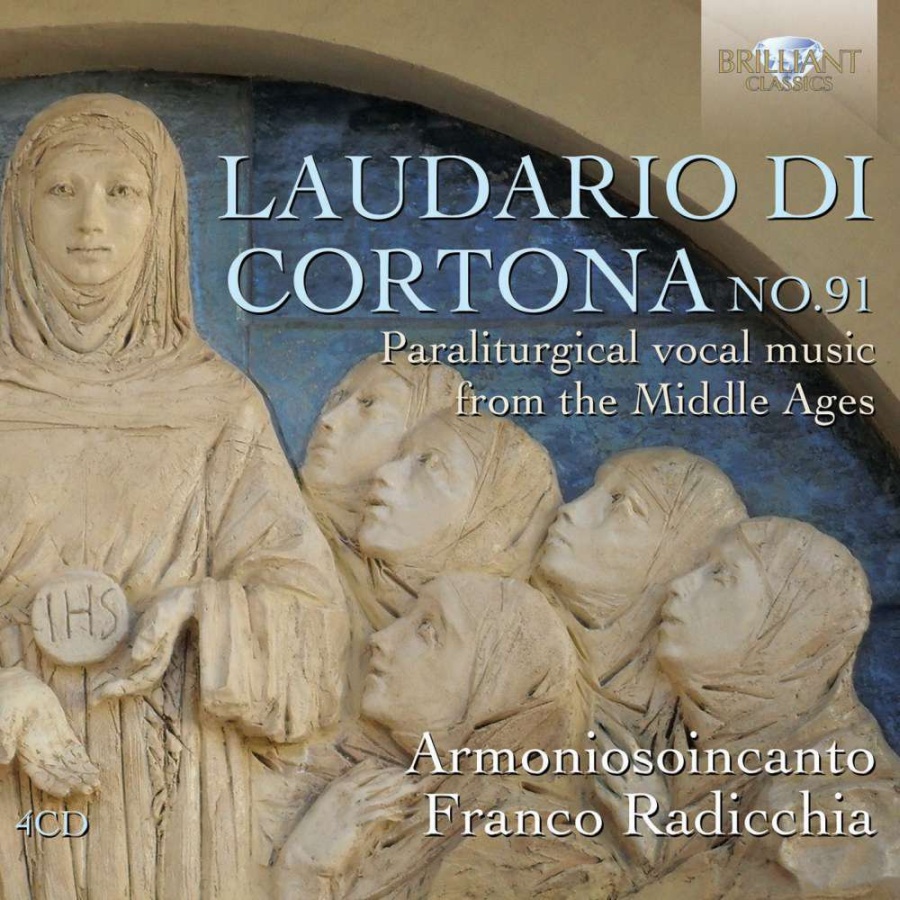
tytuł
Laudario di Cortona
wykonawcy
Gruppo Vocale Armoniosoincanto;
Radicchia, Franco
Radicchia, Franco
nr katalogowy
94872
opis
Discovered around 140 years ago in the library archives of the small Tuscan town of Cortona, the Laudario di Cortona is a 13thcentury manuscript containing 66 laude, or lauds: a type of vernacular song written for praise and worship. Unusually, around 46 of the lauds had been set to music, making this manuscript the oldest known collection of music written in the Italian vernacular. All the periods of the Christian calendar are represented, with lauds relating to the Nativity, Epiphany, Easter and Pentecost, showing the manuscript’s continued importance throughout the year. The document originated in the Brotherhood of Santa Maria delle Laude, a group of monks devoted to Marian worship. Indeed, themes surrounding the Virgin Mary are present in many of the lauds; Ave Maria, gratïa plena (Hail Mary, full of grace), for example, or O Maria, d’omelia se’ fontana (O Mary, you are the fount of sacred learning). Performing these medieval works is the vocal ensemble Armoniosoincanto. Experienced interpreters of early music, their research has led them to offer an authentic performance of the Laudario, although they admit to some artistic license with the use of mainly female voices, which evocatively call to mind the spirit of Mary, the mother of God.
nośnik
CD
x 4
gatunek
Muzyka klasyczna
producent
Brilliant Classics
data wydania
13-11-2019
EAN / kod kreskowy
5028421948720

(Produkt nie został jeszcze oceniony)
cena 85,00 zł
lubProdukt na zamówienie
Wysyłka ustalana indywidualnie.
Darmowa wysyłka dla zamówień powyżej 300 zł!
Darmowy kurier dla zamówień powyżej 500 zł!
sprawdź koszty wysyłki